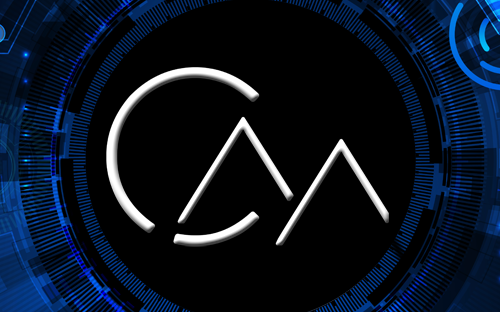With the growth and expansion of the modern bureaucratic state over the past 100 years, Canada’s public education system is much further and much less connected to students, families, teachers and communities. Our public schools, originally designed as pioneers of universal, accessible and free education, have been lost and are largely insensitive to the society they must continue to serve. The “Iron Cage of education was discovered when KOVID-19 was shut down, and we saw students, teachers and families depending on county and school district guidance. To turn our schools into more autonomous social institutions that serve primarily students, families and communities, leadership is needed to break the cage. The march from kindergarten to an urbanized, bureaucratic, and centralized high school is almost over and marks the triumph of the system over students, parents, teachers, and the community involved. It makes no sense to put students first in a system where priority is given to management “systems”, where decisions are made from top to bottom, where the public school is upset and where students are treated like hamburgers in a fast food restaurant. When the school KOVID 19 was closed, the vulnerability of the impassable fortress became apparent to all. My new book offers an overview of what was happening in Canadian schools from kindergarten to grade 12, as well as a recovery plan for students, parents, teachers and communities. A new set of priorities is emerging: to put students first, to democratize school administration, to reprogram ministries of education and school districts, and to listen more to parents and teachers in schools. School systems across Canada, from province to province, are in crisis. Mass school closures during the first phase of CFID-19 resembled blackouts that left students and parents in the dark and forced teachers to become familiar with unknown forms of educational technology. To fill the void, Michael K. Barbur, an expert in emergency e-learning, rightly called for screening training to stabilize the problem system of K-12. Three months of home schooling had predictable results: bored and exhausted students, exhausted parents and angry teachers. The centralized and overly bureaucratic school system is described in my new book, System Status: Survey of Canadian schools that have been found to be vulnerable and ill-equipped to deal with the massive disruption of the IAD Pandemic 19. Changing schools means changing teaching methods, knowledge-based curricula, and teaching basic skills while encouraging “ambitious educational experiences and outcomes for all students. “At the school district level, this has led to new forms of school groups designed to transform poorly structured school groups into school systems. The teaching of basic skills and knowledge was combined into a new school improvement program with a focus on “excellence and fairness in education. This change was also an example of the logic of norms and responsibility, which was rejected by teachers as a new attack on their valuable autonomy as professionals. In order to restore the broken and damaged school system, it is necessary to address the vulnerability and limitations of bureaucratic education from above – K-12. I am glad that the idea of autonomous social institutions serves mainly students, families and communities. “It looks like charter schools that are so popular in Alberta. Top-down decision making, education management and technocratic management. Restoration of public education should start with schools. Our public schools, originally created as pioneers of universal, accessible, free education, were lost and became largely insensitive to the society they had to continue to serve. Instead of responding to this unexpected challenge, the provincial school administration played with time and eventually clung to convenient structures and deep-rooted political reactions such as postponing the introduction of e-learning.
